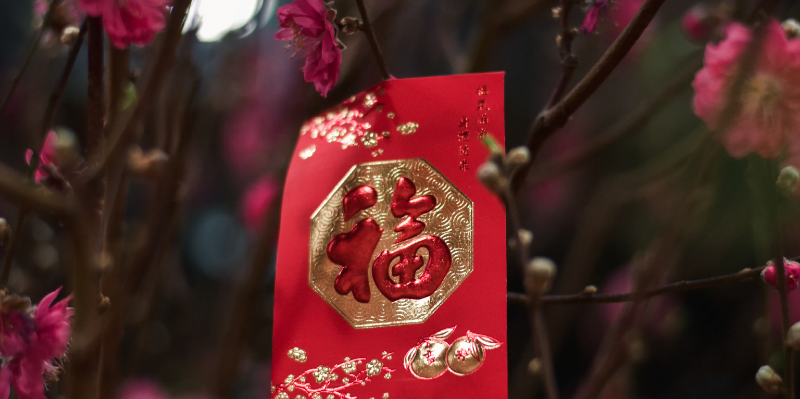
Years back, I recounted the vibrant Lunar New Year festivities to a friend, painting a vivid picture of my extensive family tree—my father boasting six siblings, my mother eight, each with a multitude of offspring. This familial network translates into a whopping seventeen first cousins on my paternal side, twenty-five on my maternal side, and an abundance of nieces and nephews too numerous to tally. The Lunar New Year, also known as the Chinese New Year within our community, is a time of gathering, marked by the exchange of hong baos—red packets—among children and unmarried relatives, creating an atmosphere of delightful pandemonium.
The distribution of red packets among my relatives varies in terms of meticulousness. While some meticulously label each red packet with the names of individual nieces and nephews, my approach is more haphazard; I simply inscribe “G4,” denoting the “4th Generation” for my young relatives, ensuring they all receive equal amounts since managing my own children is challenging enough, let alone keeping track of cousins. This practice is fraught with potential pitfalls.
In our initial year post-marriage, my husband and I erred on the side of parsimony with the red packets, an amount my mother deemed “offensive.” Subsequently, we erred in the opposite direction the following year, presenting what my mother criticized as an “ostentatious” sum. It took a couple more years to strike a balance and determine an appropriate sum for the red packets.
During this conversation with my friend, she proposed a humorous scenario for a novel set during Chinese New Year—a mix-up where the wrong red packet is given to the wrong person. This inspired the concept for the final installment of the Aunties series, titled The Good, The Bad, and The Aunties, leveraging the comedic chaos synonymous with the Dial A for Aunties brand.
As I delved into plotting The Good, The Bad, and The Aunties, I gleaned valuable insights on transforming a holiday into the backdrop for a crime novel. Firstly, I cataloged my cherished aspects of the holiday, relishing the rare opportunity to reunite with all my extended family members in one place, reveling in the cacophony of a shared space. The culinary delights served during the festivities rank high on my list, with an abundance that never fails to surpass our appetites. Additionally, the rich tapestry of cultural traditions—from dispensing red packets to donning auspicious hues like red and gold, exchanging well wishes, and partaking in the yu sheng tossing ritual—adds depth to the celebration.
Building on these highlights, I contemplated how criminal elements such as illicit enterprises and kidnappings could intertwine with the festive backdrop. The notion of a misdirected red packet sparked a cascade of considerations—its contents, intended recipient, unintended recipient, and the ensuing repercussions. I envisioned how characters could exploit the chaos of the Lunar New Year festivities to their advantage, infiltrating secured locations and leveraging the holiday commotion to further their agendas.
One of the most rewarding aspects of the Aunties series has been the opportunity to showcase my cultural heritage on a global platform. Having relocated to California at sixteen, I was astonished to discover the unfamiliarity surrounding Lunar New Year and its significance as a paramount celebration in many Asian cultures. Through The Good, The Bad, and The Aunties, I envisioned a grand, inclusive celebration, extending an invitation to readers worldwide to partake in the festivities. It brings me immense joy to culminate the series with such a resounding finale.
